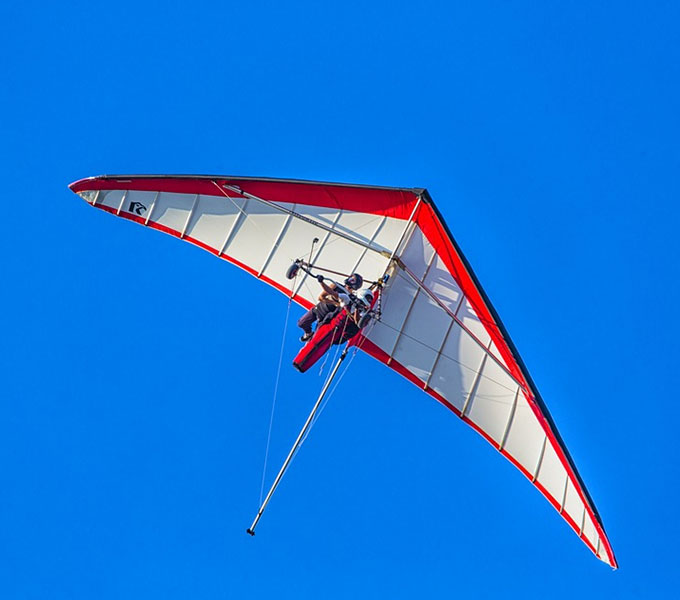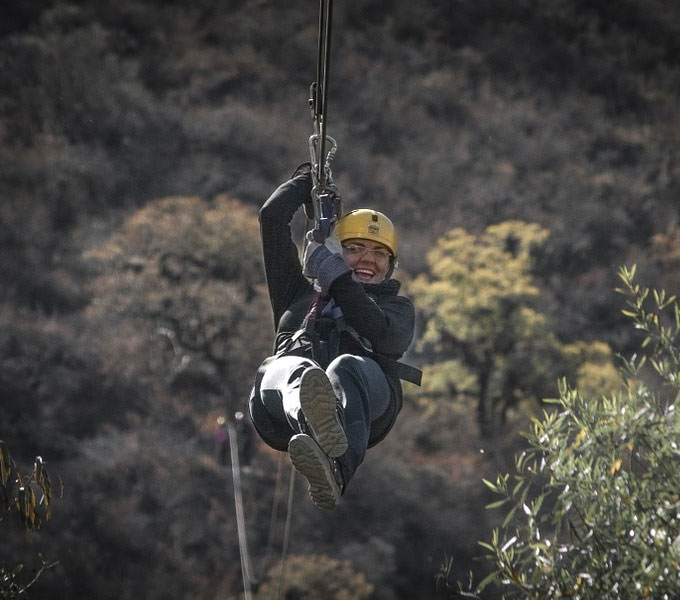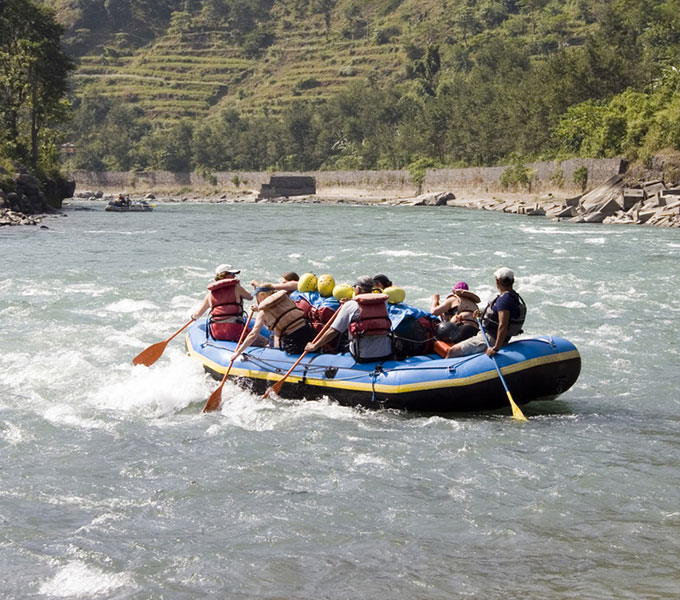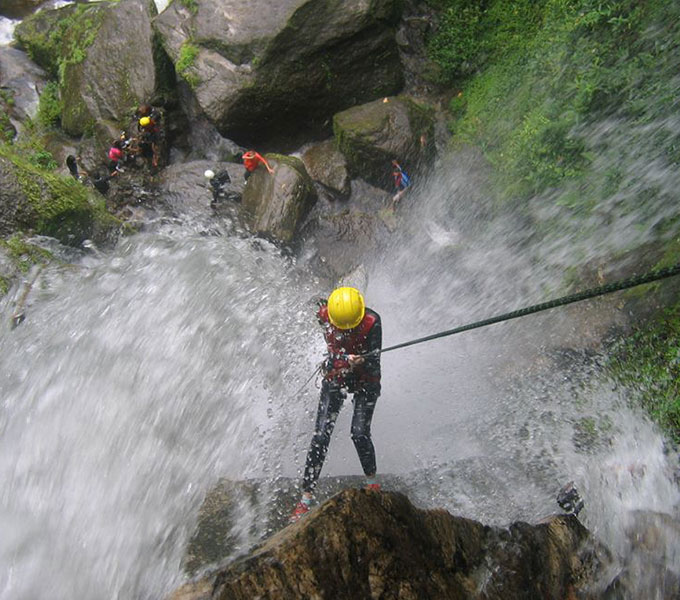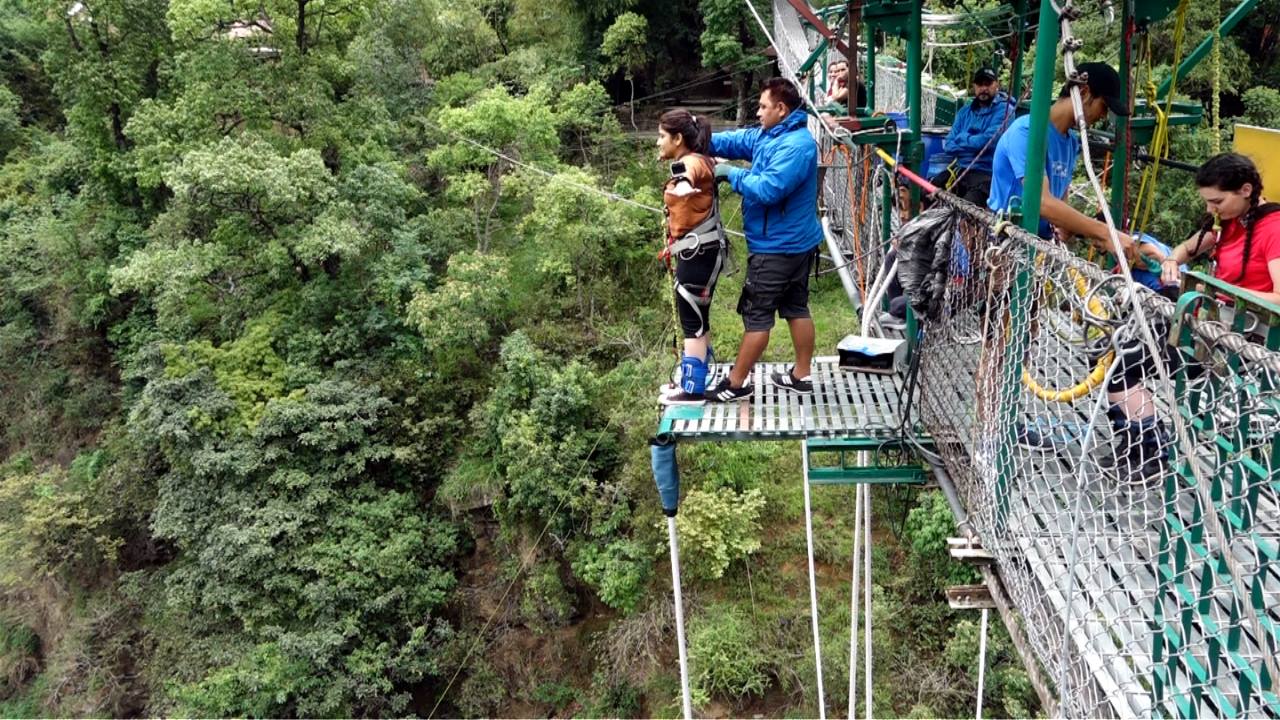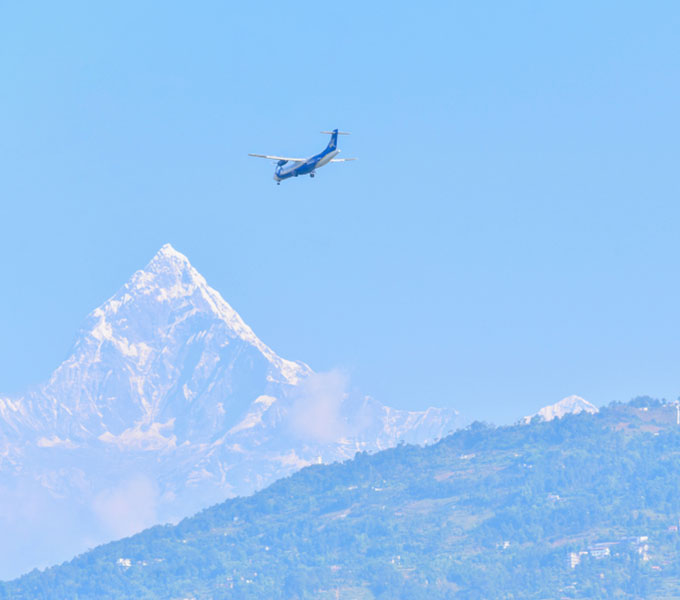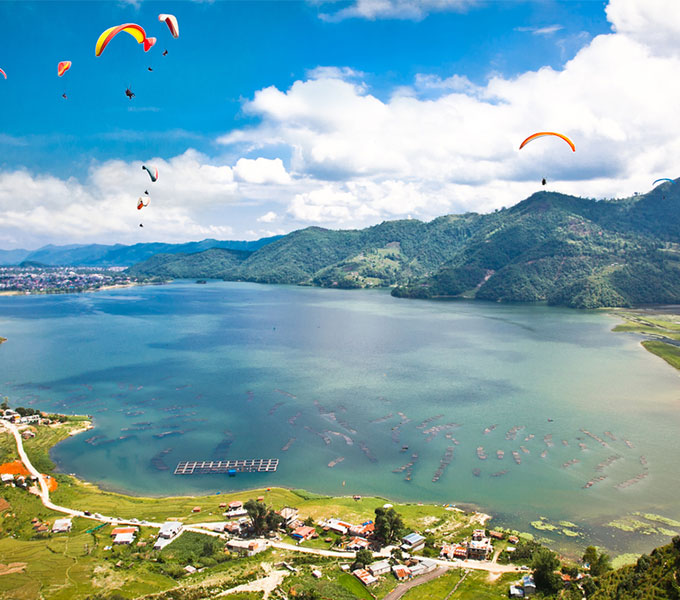- Mobile No
(+977) 9851109501 - Email
info@adventureblossomtreks.com - WhatsApp
(+977) 9851109501
Lobuche East Peak Climbing
Description
Lobuche East Peak Climbing which lies in the Khumbu region is considered one of the challenging trekking peaks. There are two summits to Lobuche peak: Lobuche east (6119 m) and Lobuche west (6145 m). Although they are connected by a continuous ridge there is a sharp gap and the considerable distance between them. Lobuche East Peak offers various climbing routes. Seen closely from Pheriche, the dark triangle of its rocky east face rises above the moraines of the Khumbu Glacier to an icy skyline. This skyline forms the south ridges, the junction of the east faces with the glaciated southwest face and the line of the normal route of ascent. Lobuche East Peak offers breathtaking views of the Amadablam and Taweche. This particular climb is technically difficult and quite steep at times engulfed in snow-ice slopes, which requires climbing equipment such as crampons and fixed ropes. After the summit, you have to continue trek towards Gorak Shep and climb Kala Patthar (5545m), up to enjoy an impressive close-up view of Everest (8848 m), Ama Dablam (6856m), Kantega (6809m), Kwangde (6194m), Nuptse (7879m), and Lhotse. From here you make a steady approach en route to Tengboche, a wonderful location with a spiritual monastery, where you can observe monks and prayer flags flapping in the skies and get enchanted by this fascinating age-old tradition and culture.
Lobuche East Peak climbing is a thrilling adventure located in the Everest region of Nepal, offering a fantastic opportunity for mountaineers to experience the grandeur of the Himalayas without needing advanced technical climbing skills. Standing at 6,119 meters (20,075 feet), the peak provides breathtaking views of some of the world’s highest mountains, including Everest, Lhotse, and Nuptse. The climb typically begins from Lukla, following the classic Everest Base Camp trek route up to Lobuche village. From there, climbers ascend to the Lobuche East Base Camp and High Camp before attempting the summit, facing both rocky terrain and snow-covered slopes.
The journey is not just a physical challenge, but also a cultural immersion. As trekkers move through Sherpa villages like Namche Bazaar and Tengboche, they get to experience the local way of life, Buddhist monasteries, and the warmth of the Himalayan community. This cultural aspect of the trek is one of the highlights, offering a deeper connection to the region’s heritage. Additionally, climbers pass through the Khumbu Glacier and get up-close views of the notorious Khumbu Icefall, making the experience even more unforgettable. The acclimatization process during the trek is well-paced, allowing trekkers to adjust to the high altitudes gradually.
Despite being classified as a “trekking peak,” Lobuche East requires a good level of fitness and preparation. The final ascent, while not extremely technical, demands the use of ropes, crampons, and ice axes, especially when crossing crevasses or negotiating steep snow slopes. Most climbers undertake this adventure with the support of experienced guides and Sherpas, ensuring safety and successful summits. Lobuche East is an ideal peak for those who want a challenging yet accessible Himalayan climbing experience, combining awe-inspiring natural beauty, cultural exploration, and a true sense of accomplishment.
Itinerary
Include
- Airport Pick up and drop off by car, van or bus depending on the group size.
- 3 nights Hotel accommodation in Kathmandu with breakfast.
- Meals on full board basis (breakfast, lunch, and dinner) with Tea & coffee prepared by our cook while camping.
- Local fresh fruits like orange, apple, banana, and grape etc.
- Lodge (teahouse) accommodation during the trekking.
- Domestic flight tickets from Kathmandu/ Lukla/ Kathmandu.
- Our professional climbing Sherpa or a guide/porter(s) as per group size.
- Food, salary, insurance, equipment, transportation, local tax of our crew members.
- Group medical supplies.
- All necessary camping gears like two men tent, dining tent, kitchen tent, Toilet tent, Shower tent, kitchen equipment, chairs and table, mattress, sleeping bag, down jacket, walking stick, climbing rope, snow bar, ice axe etc while climbing.
- Warm sleeping bag, warm down jacket, and walking stick, if necessary.
- Climbing peak permit.
- Local development fee.
- VAT and all government taxes.
Exclude
- Nepal Entry Visa.
- Personal equipment for climbing.
- Personal Travel & medical insurance.
- Emergency Rescue evacuation.
- Tips to staff or anyone else, or donations to local institutions such as monasteries or schools.
- Extra bottled drinks (mineral, any cold drinks, and alcoholic drinks) not specified.
- Expenses of personal nature such as Laundry, phone calls, internet etc.
- Lunch and dinner in Kathmandu.
- Tips to Guide and Porters.

